Columns
Kashim Shettima: The oratorical voice of the North
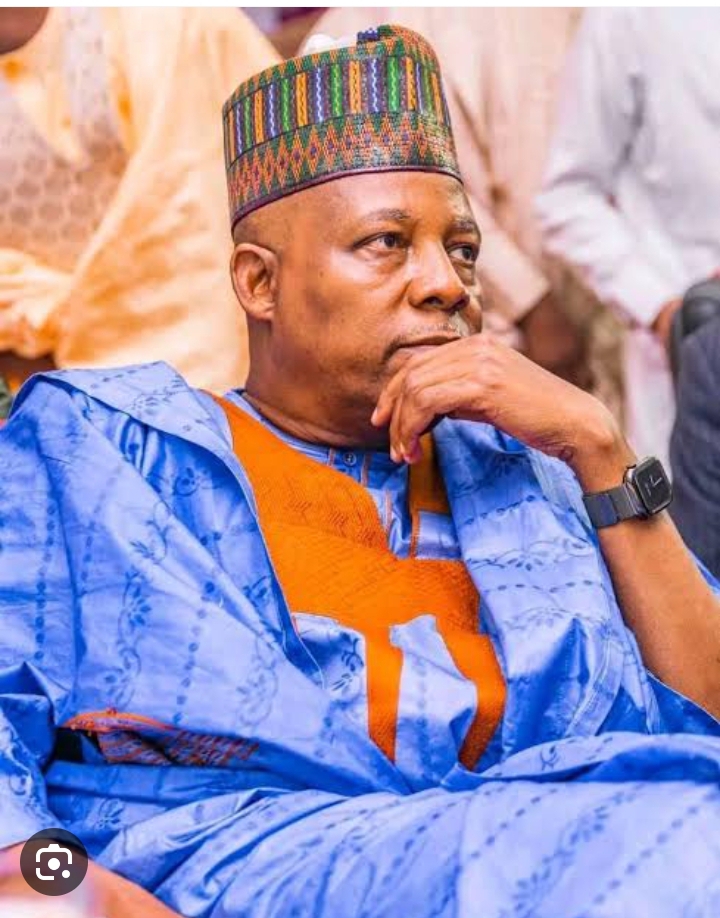
Kashim Shettima: The oratorical voice of the North
By: Dr. James Bwala
We have witnessed the rise of many influential figures in Nigeria’s political landscape, but few have captivated audiences quite like the vice president, Kashim Shettima. With a commanding presence and eloquent speech, Shettima has consistently used his oratorical skills to bridge divides and foster dialogue across the diverse cultural spectrum of the nation.
The VPs speeches, which are frequently laced with historical context and cultural references, strike a chord with listeners from all walks of life, making him a unifying figure in an age of disintegration. His ability to construct narratives that represent both the hopes and hardships of the northern area has not only increased his visibility but also drawn attention to the particular concerns confronting this section of Nigeria.
Through his words, Shettima has become a beacon of hope, advocating for progress and unity while addressing the pressing socio-economic challenges that affect the northern communities. In doing so, he has not only elevated the discourse surrounding regional development but also inspired a new generation of leaders to engage in meaningful and transformative dialogue.
His talks frequently go beyond hyperbole, acting as a catalyst for genuine change and motivating parties to work together. Shettima has outlined a strategy for harnessing the potential of the North while encouraging diversity and resilience by continuously emphasizing the importance of education, infrastructure, and economic development. Recognizing the power of words to motivate and organize, Shettima has skillfully used his platform to advocate for joint endeavors across ethnic and religious lines. In this way, his oratorical skills have not only bridged gaps but also built a sense of common purpose and identity among Nigeria’s different peoples.
READ ALSO: https://newsng.ng/southeast-crises-ipob-peddling-falsehood-disinformation-to-remain-relevant-army/
Shettima’s ability to articulate the region’s needs and promise has established him as a key voice in national conversations. Shettima’s ability to weave cultural history into modern goals has cemented his position as a transformative leader who values both tradition and innovation.
By weaving together narratives of historical significance with forward-thinking strategies, he has effectively positioned himself as a conduit for both preserving the rich cultural legacy of the North and propelling it towards a future marked by growth and unity. His speeches resonate deeply, not only because of their content but also due to the genuine passion and commitment that underpin every word he utters. This passionate delivery not only captivates his audience but also instills a sense of urgency and possibility, urging listeners to envision and work towards a brighter future for the region.
Through this dynamic blend of rhetoric and resolve, Shettima has emerged as a beacon of hope, inspiring both leaders and citizens to actively participate in the region’s development. His eloquence serves as a powerful tool, bridging the gap between diverse communities and fostering a shared vision of progress and harmony. In this way, Shettima’s oratorical prowess transcends mere political discourse, becoming a catalyst for tangible change and collective empowerment. His speeches, therefore, are not just moments of inspiration but are instrumental in mobilizing efforts towards sustainable growth and unity across the Northern states.
While addressing current concerns with clarity and conviction, Kashim Shettima effectively rallies support for measures aimed at improving education, healthcare, and infrastructure. His ability to combine classic ideals with current concerns connects with a wide range of audiences. His speeches frequently emphasize the value of unity and collaboration, pushing communities to work together toward a common vision of progress and prosperity.
Whenever he speaks, his eloquence not only captivates listeners but also motivates actionable change, instilling a sense of shared duty among disparate groups. As he goes onto the podium, his presence compels attention, crafting a story that speaks to both young and old. His statements echo many people’s ambitions, describing a Northern Nigeria that values inclusivity and creativity.
Through his articulate advocacy, Shettima not only addresses the immediate needs of the region but also lays a foundation for long-term prosperity and resilience. His commitment to bridging divides and nurturing a spirit of cooperation is evident in his consistent efforts to engage with stakeholders from all walks of life, ensuring that every voice is heard and valued in the journey towards a brighter future. His speeches transcend mere rhetoric, becoming a catalyst for tangible transformation as they inspire individuals to take ownership of their roles in society’s advancement. With a keen understanding of the historical and cultural nuances of his audience,
The vice president often crafts messages that are both relatable and motivating. He skillfully incorporates traditional proverbs and local dialects, creating a profound connection with his listeners and reinforcing the authenticity of his message. His ability to seamlessly blend modern ideas with cultural heritage not only strengthens his appeal but also reinforces the importance of preserving identity amidst change.
In doing so, the VP emerges as a unifying figure, bridging the gap between past traditions and future aspirations while fostering a sense of shared purpose across diverse communities.
In an era where divisive narratives often dominate public discourse, Shettima’s oratory stands out as a beacon of hope and unity. His words resonate deeply, igniting a collective sense of responsibility and inspiring action towards common goals.
The VP’s persuasiveness, therefore, not only captivates but also empowers listeners, encouraging them to overcome personal biases and collaborate for the larger good. Shettima’s talks not only address current challenges but also impart a vision of inclusion and progress based on mutual respect and understanding.
He emphasizes the power of dialogue and collaboration, advocating for solutions that honor diverse perspectives while forging a cohesive path forward. By fostering an environment where diverse voices are not only heard but valued, Shettima paves the way for a more harmonious and progressive society. With each address, he challenges conventional thinking and encourages a reevaluation of societal norms, urging his audience to embrace change while holding steadfast to the values that define their communities.
* Dr. James Bwala, PhD, writes from Abuja.
Kashim Shettima: The oratorical voice of the North
Columns
Women and Money: Why Men Keep Money Away From Their Partners
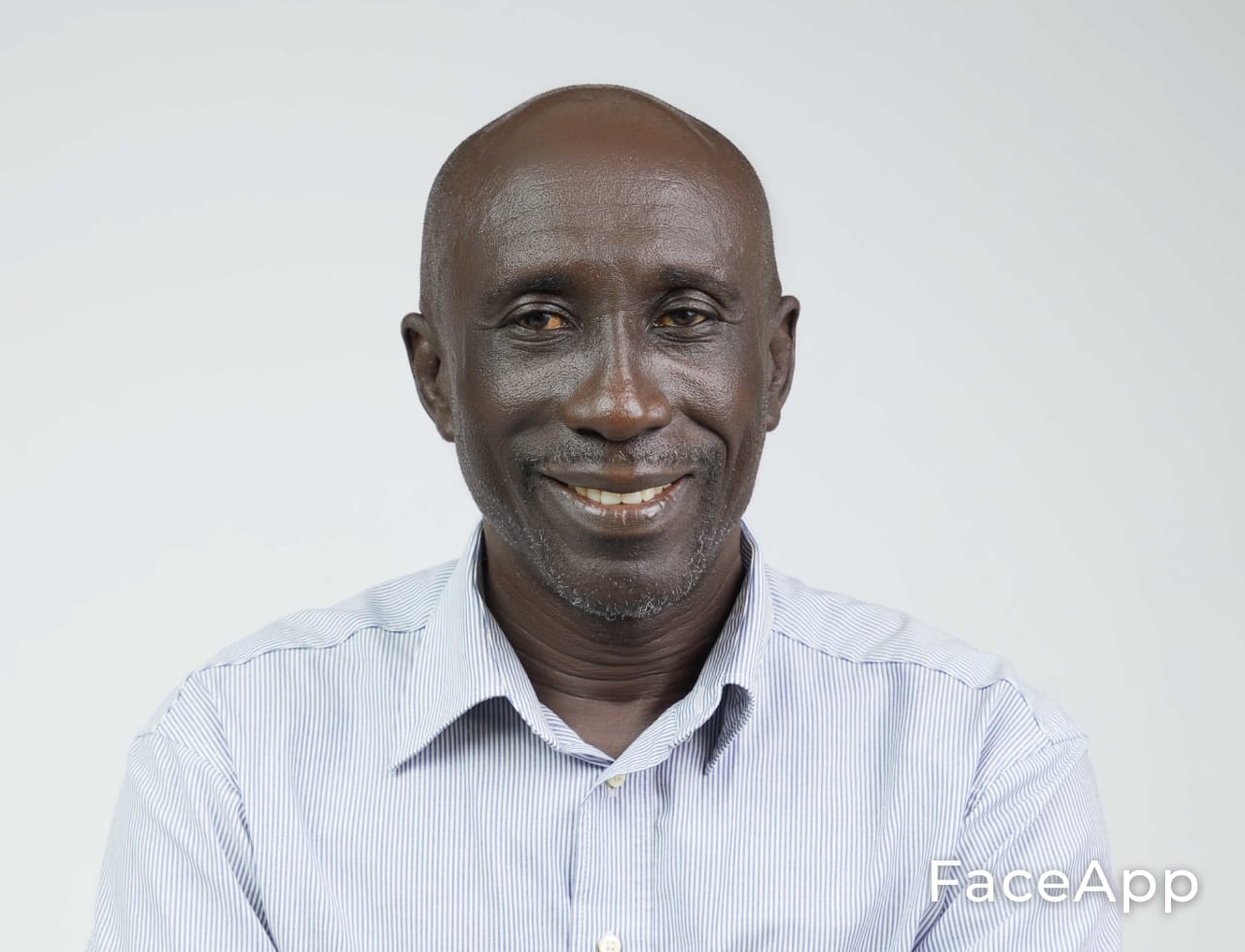
Women and Money: Why Men Keep Money Away From Their Partners
By: Balami Lazarus
I was contemplating two words as language of use in this article: “hiding” and “keeping.” Having carefully settled for keeping simply means to protect or safeguard what rightfully belongs to you, like money, the subject of the work. With this in mind, I deemed it fit to progress with the writing.
In folktales, songs and stories, sayings and proverbs, money has been mentioned long before now, either in a good or bad light. But most times in the latter. Therefore, money has always been the bone of contention in relationships of different shades—individuals, lovers, and spouses—that sometimes breed brawls in a family setting.
Men are known to be the head of families and providers of necessary and basic needs of their families. Men toil and sweat with challenges and risks to legitimately provide for their families, where money plays a major role in meeting the family needs at all times.
Men not only engaged in providing, but the burden and totality of his family responsibilities rested on him. Therefore, to meet up with the family responsibilities, married men are cautious and frugal in spending their money on things that are not necessary, unlike most women out there, who spend money on wants, deliberately refusing to separate wants from needs. And these spendings of theirs can wake the dead from their peaceful rest.
The song of Dr. Mamman Shata, ‘kashi kudi ta hayan mai kyau,’ threw my mind to the wisdom of my late father, who used to caution us, his children, on spending our money on wants. Some never took him seriously, but today I am among those that saw meanings in that.
Few women are wealth creators; equally, some few among them do spend money on needs. I have observed over time as a young man and as a husband that most women are careless in spending money. They spend to belong, meaning for wants and things that are in vogue for mere appearance to announce the presence.
Because of their excessive demands, spending money on wants is their life investment spread in chattels that have no secondhand value.
Women’s attitudes towards money have made their spouses keep their hard-earned money away from them. It has come to a time where, after discharging their basic family responsibilities, men closed the chapter of money/spending.
The moment some wives see their husbands with money, that is when a long list of wants rears its ugly head in place of needs. Women are highly extravagant with vengeance when it comes to spending that they don’t earn or make by their efforts; in such a situation, you are a spectator. The worst of such is common in the relationships among young adults.
And as a man, if you are not spending for your spouse on her endless wants, you are, without a second thought, considered stingy, uncaring, local, conservative, and not romantic.
Many of them thought their wants were rights that must be fulfilled at all times, not knowing that those are not core family needs and responsibilities.
Balami, a Publisher/Columnist, 08036779290.
Women and Money: Why Men Keep Money Away From Their Partners
Columns
The Plights of ‘Certificate Graduates’ Who Read and Refused to Study (2)
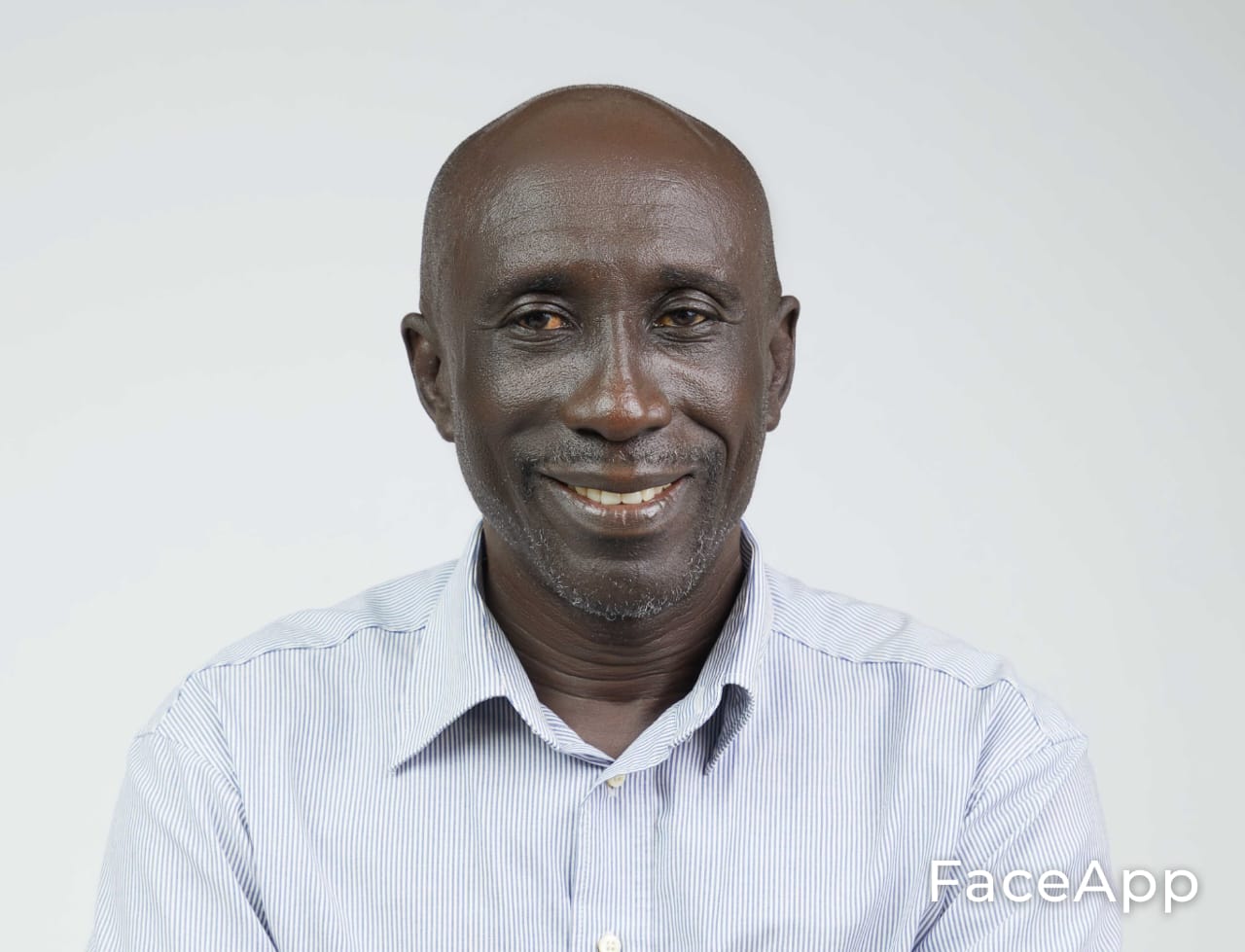
The Plights of ‘Certificate Graduates’ Who Read and Refused to Study (2)
By: Balami Lazarus
This is the conclusion of the work on the subject above.
Universities are the highest level of academic teaching and learning, where students are trained in different educational courses and awarded degree certificates. Universities are also centers of research, science, technology, and innovation. Therefore, a qualified and competent university graduate is a universal product who is supposed to stand tall and proudly defend his learning anytime, anywhere.
The bastardization of university degree certificates is aided and abetted by both academic and non-academic staff who probably might have been employed through the back doors. Likewise, many of their students. You can now freely connect the chain of corruption with its forward and backward leakages anchored in our university systems: recruitment and admission. Tell me, don’t you think that grades and certificate racketeering are more feathered?
The craze and demands for degree certificates in the labor market by employers have raised and increased the graduations of ‘certificate graduates’ at all costs by all means over the years. I heard of a story, which I am yet to verify, that a certain private university once certified and graduated many first-class graduates. For me, this is not an academic progress but a questionable act. Similarly, if you were to put them to the test in their various courses of study, you would concur with me and ask how it is possible to have such a number of supposedly first-class graduates.
The plights of ‘certificate graduates’ are self-inflicted by students who are not the serious type by all standards. If you are to do a background check on them and schools attended before their admission into the university of their choice, the story you will hear about them will definitely attract vultures.
This problem has since permeated faculties, departments, schools, and colleges of our universities where ‘certificate graduates’ are produced. Some universities have become exchange floors where you exchange your flaws for a degree certificate, which shall be given to you. And that marks the plights of such graduates.
Most of them are not helpful to themselves, always dependent on others for things you expect university graduates should know and do.
My work experience as a one-time school administrator of a private school in Narabi, Bauchi State, where I had related to, associated with, and managed ‘certificate graduates’ of the Corps on National Service (NYSC). Working with some of them was a woe of tales, because teaching was their primary duty. I pitied them.
That one experience has given me an insight into how some universities are churning out bad graduates for public recruitments.
These manners of graduates cannot work or attempt to work with good results-oriented corporate organizations where your productivity is the ladder of upward mobility.
Public and private educational institutions should join hands with relevant authorities and stakeholders to formulate a template for a sound and credible working system where students will be properly and genuinely certified as graduates.
Balami, a Publisher/Columnist 08036779290
The Plights of ‘Certificate Graduates’ Who Read and Refused to Study (2)
Columns
The Plights of ‘Certificate Graduates’ Who Read and Refused to Study (1)
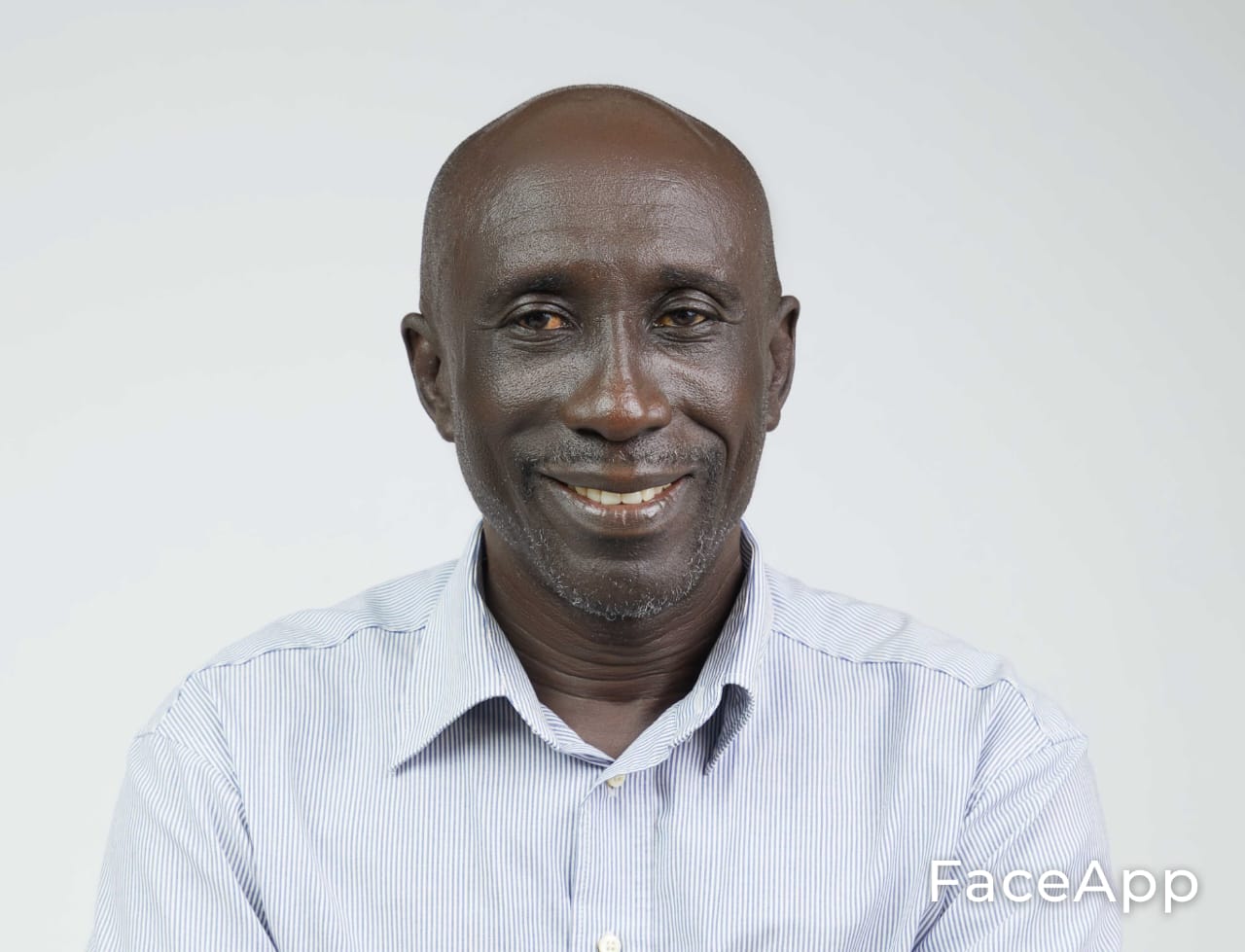
The Plights of ‘Certificate Graduates’ Who Read and Refused to Study (1)
By: Balami Lazarus
It’s the hope and aspirations of many young Nigerians, male or female, to acquire and have a sound basic academic qualification, preferably a degree, that he/she can reasonably defend in character and in learning. And productively add value to his society and self.
As a certified graduate with a degree certificate? Are you competent to defend your educational qualification at any point in time? A competent university graduate has the knowledge and intellectual capacity to speak, defend, and be proud of his academic discipline. Such graduates are well baked.
I am not in any way undermining other good graduates from other tertiary educational institutions who are capable and able to be called graduates.
Why am I specific with university graduates? It has to do with my experiences in recent times with some of them that have no measure of basic knowledge of their course of study, talk less of general knowledge. This class of graduates lacks knowledge and understanding of their academic discipline; they are behind in confidence, basking in timidity. They are always found wanting in multiple dimensions as so-called graduates. What a shame!
Now let’s begin to see the plights of a ‘certificate graduate.’ What is your name, young man? My name is Takulash. What did you study? I read political science. You read, not studied, yes sir. No wonder you cannot defend your degree certificate and its class? This is one scenario that is common in an interface with a ‘certificate graduate.’
I was privileged to be on interview panels where I engaged graduates both written and orally. Of late, many university graduates are only certificate carriers without simple knowledge of what they claimed to have studied. What has contributed to these problems? This question has been on the lips of concerned citizens and stakeholders. Some said there is a fall in standard. Others hinged on corruption practices in our educational institutions. Whatever the challenges or
the problems are? I will attribute it to the negligence of our educational system, corruption, and the proliferation of private universities in Nigeria. Basically I will say for business purposes.
Another major reason that has brought up the issues of ‘certificate graduates’ is the poor educational backgrounds of pupils, right?
from primary schools that have been neglected and left unattended, the case of public primary and secondary schools that are feeders to higher educational institutions are not cared for. With a poor educational background, how can students perform to the expectations of the universities and be productive to society as proud and competent university graduates?
My heart bleeds whenever I interface with such graduates that cannot justify their degree certificates. They are the ones that just passed through the ivory tower without any meaningful academic/intellectual gains. Many of them were corruptly aided by their teachers and supported by their parents, a common factor in most private universities where academic programs have been commercialized, including grades for monetary exchange.
These undergraduates cannot stand on their own. They are always looking for someone to do their academic work/assignments. Are you aware that ‘certificate graduates’ cannot fill out a simple form or apply for a job and/oranswer general knowledge questions in an interview?
In fact, ‘certificate graduates’ cannot withstand the challenges of society and her labor market. Many of them are not brilliant but are full of strange and criminal behaviors, and they can do anything to obtain their certificates. They have refused to allow the university to pass through them.
The Plights of ‘Certificate Graduates’ Who Read and Refused to Study (1)
-
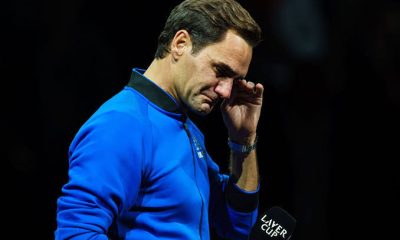
 News2 years ago
News2 years agoRoger Federer’s Shock as DNA Results Reveal Myla and Charlene Are Not His Biological Children
-
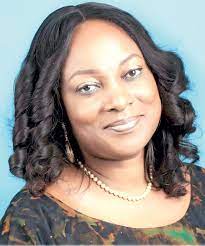
 Opinions4 years ago
Opinions4 years agoTHE PLIGHT OF FARIDA
-

 News8 months ago
News8 months agoFAILED COUP IN BURKINA FASO: HOW TRAORÉ NARROWLY ESCAPED ASSASSINATION PLOT AMID FOREIGN INTERFERENCE CLAIMS
-

 Opinions4 years ago
Opinions4 years agoPOLICE CHARGE ROOMS, A MINTING PRESS
-
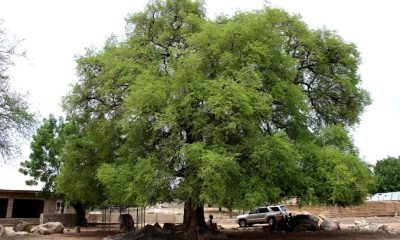
 News2 years ago
News2 years agoEYN: Rev. Billi, Distortion of History, and The Living Tamarind Tree
-
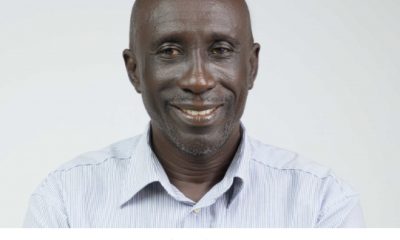
 ACADEMICS2 years ago
ACADEMICS2 years agoA History of Biu” (2015) and The Lingering Bura-Pabir Question (1)
-
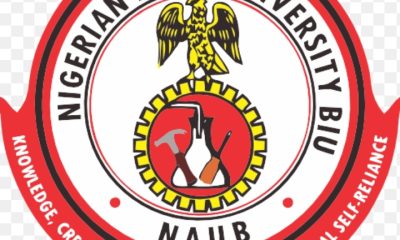
 Columns2 years ago
Columns2 years agoArmy University Biu: There is certain interest, but certainly not from Borno.
-
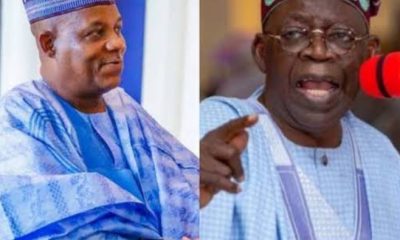
 Opinions2 years ago
Opinions2 years agoTinubu,Shettima: The epidemic of economic, insecurity in Nigeria





